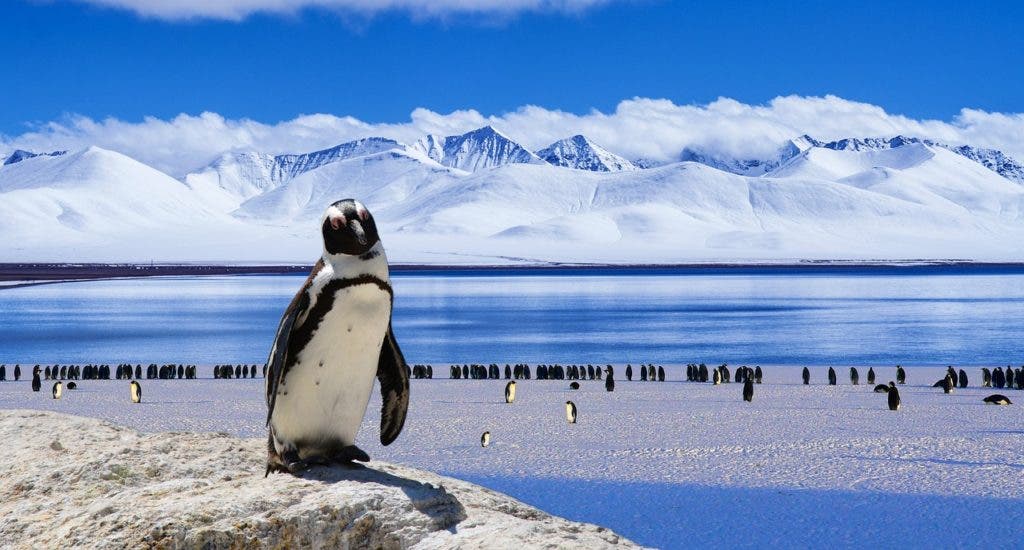Climate change is affecting ecosystems not only through warming but also by delivering more extreme weather events, according to a new study, which looked at the consequences of snow in the Arctic.

Back in 2018, snow was spread out in most of the Arctic and did not melt fully until late summer, if at all. Researchers looked at the consequences of this phenomenon by extensively monitoring all components of the local ecosystem for more than 20 years, comparting life last year with other more “normal” years.
The snow conditions of 2018 resulted in the most complete reproductive failure ever encountered and only a few plants and animals were able to reproduce due to abundant and late-melting snow. In order words, the extra snow completely destroyed the breeding season.
While poor reproduction had been observed in individual species before, such poor reproduction across all levels of the ecosystem had never been seen before, according to the research, published in PLOS Biology.
“One non-breeding year is hardly that bad for high-arctic species”, says Niels Martin Schmidt (Aarhus University, Denmark), lead author of the study. “The worrying perspective is that 2018 may offer a peep into the future, where increased climatic variability may push the arctic species to – and potentially beyond – their limits.”
For Schmidt, the study showed that climate change can be hard for ecosystems, highlighting the importance of long-term observations of the ecosystems and the effects of temperature increase.
Home to a diverse and specialized group of organisms, the Arctic and its ecosystems are used to living under severe climatic conditions. But, like the rest of the world, the Arctic is now changing, and the region is experiencing both long-term warming and retreating snow-cover.
The impacts of climate change are being observed earlier in the Arctic, and with more immediate and severe consequences, than in most of the rest of the world. The Arctic is warming at a rate almost twice the global average and reductions in Arctic sea-ice and permafrost and changes in weather are increasingly visible.
Climatic variability and the risk of extreme events is increasing in the Arctic, studies have shown. But, while the consequences of longer-term change are well-documented, almost nothing is known so far about the impacts of climatic variability and extreme events on the Arctic ecosystems.


